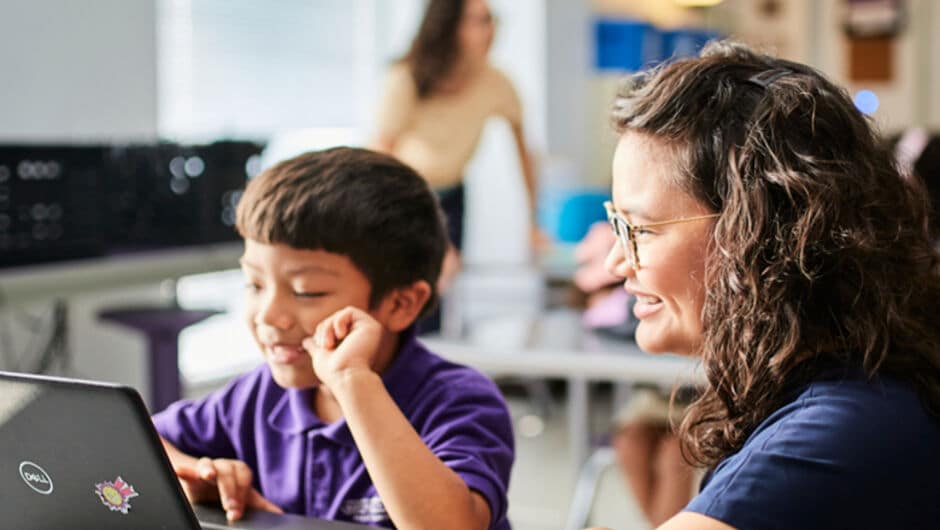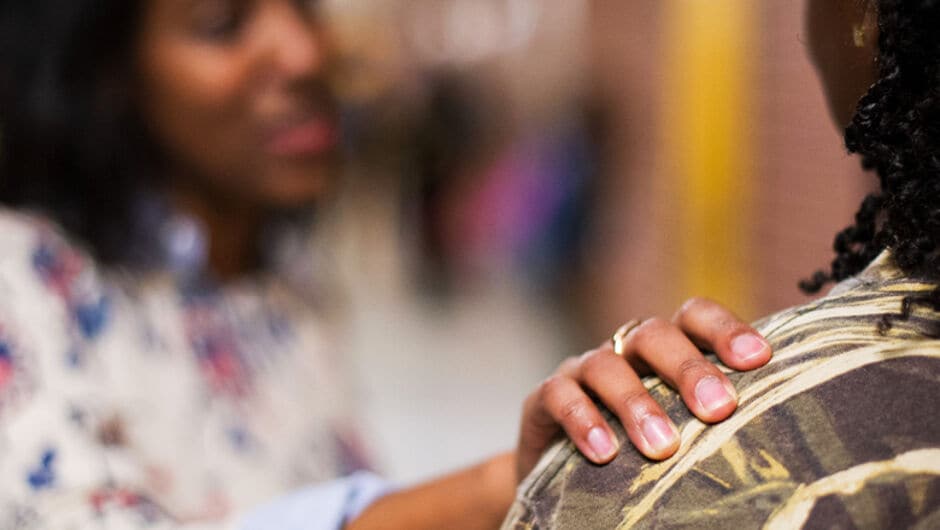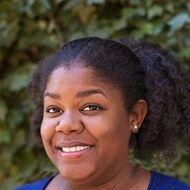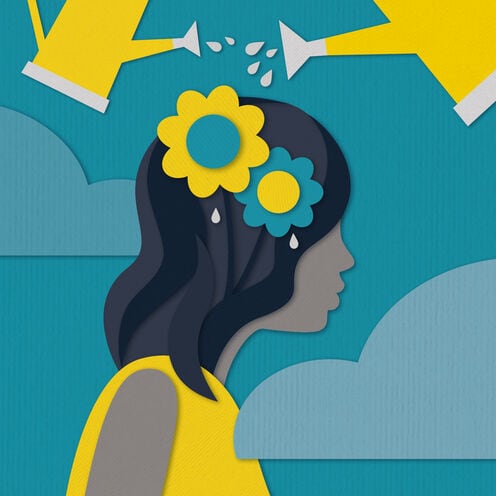
Supporting Black Students’ Wellness Amid Mounting Challenges
COVID-19 has disproportionately harmed Black students’ mental health. These leaders are determined to give students the support they need.
From social isolation to anxiety, children across the nation are struggling with mental health challenges related to the coronavirus pandemic.
But the events of the past few years have taken an especially heavy toll on the well-being of Black students.
Since the start of the pandemic, Black children have experienced a disproportionate loss of caretakers due to COVID-19 and have witnessed multiple racially traumatic events including police violence against Black people. Dr. Alfiee Breland-Noble, a psychologist, mental health correspondant, and founder of AAKOMA Project, a BIPOC mental health organization, says these traumas are driving significant increases in depression and anxiety among Black youth as well as increases in suicide rates and suicidal ideation.
Supporting the mental health needs of children—particularly Black youth—remains an urgent priority, Breland-Noble said. “You’ve got to meet those needs for our Black children and for all of our children because, let's be honest, the fourth wave of the pandemic—beyond the variants—is the mental health wave,” she said. “That's where we are right now. There is so much need, and we're going to continue to see that need surface. There will be ripple effects for years.”
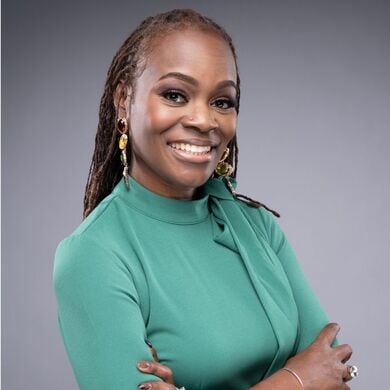
Indeed, achieving other goals, such as reversing learning loss, will be very difficult without addressing student well-being, she said. “The precursor to positive outcomes for other priorities is our children's mental health and emotional well-being. How do you learn if you're depressed? How do you learn if you get anxious?”
To learn more about how educators are prioritizing Black student wellness, One Day spoke with professionals who work in predominantly Black schools about how they’re supporting Black youth mental health as pandemic-related disruptions and racial crises continue. They also discussed how their schools are addressing challenges such as employee mental health and staff shortages, all while centering students’ well-being.
- Leilani Worrell (South Carolina ‘13), veteran educator and school counselor at Charleston County School District in South Carolina
- Nate Durant, co-head of school at Freire Charter School in Wilmington, Delaware
- Evalaurene Jean-Charles, ninth grade U.S. history and economics teacher at South Bronx Community Charter High School in New York and founder of Black on Black Education
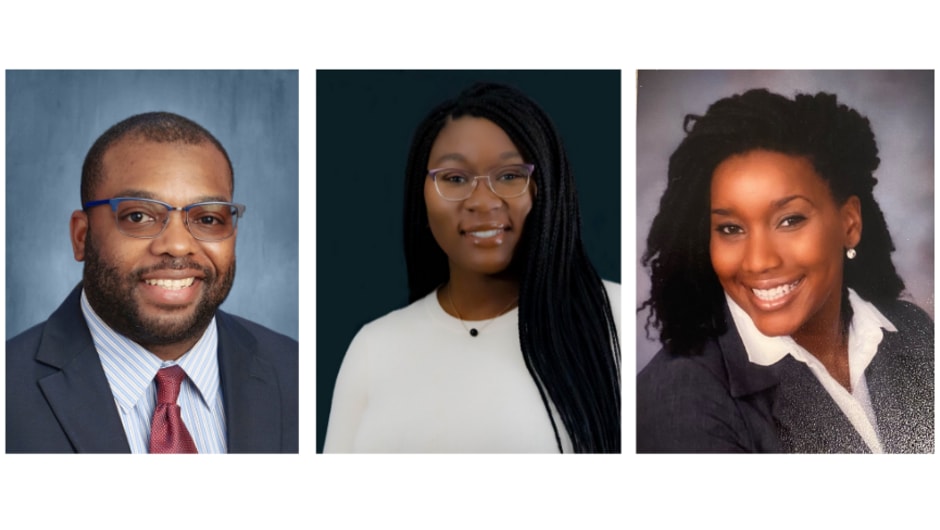
What kinds of support are your students asking for right now?
Jean-Charles: They're asking for help. They're asking for step-by-step instructions. They're asking for someone to listen or to ask the right question.
We had a week right before the break where, like every day, it was just so clear that they were completely checked out. I was like, “Everybody, close your computers. What is going on? No, seriously, what is going on?” And I gave them all a piece of paper. They sat, they wrote for 15 minutes, and then we talked about it. I took the papers home and I read every single one of them. I had to get an emergency therapy session to debrief with somebody because there was just so much happening. Their lives haven't stopped because of the pandemic. There's the unfortunate reality that students weren't prepared for high school to some degree. They're articulating, "You need to go back to the things I was supposed to learn in middle school. I didn't get to that while I was learning virtually."
Durant: Students really want to be heard. They want to be trusted, and they want to be respected. They want to have a say. Historically, education has always been this top-down model, right? I think there's a true desire to turn that model upside down and flip it. They have a desire to connect with each other, particularly after being separated for so long. They really long for a sense of community and a place where they can be themselves.
What plans or projects did you have in place at the start of the school year to support the mental health and well-being of Black students?
Jean-Charles: I was really focused on building a curriculum that is paced well and that is dense in terms of information so that we're digging more deeply into things rather than making students feel like they have to learn 150 things to be smart. Sometimes we get so wrapped up in content and what they need to know that we don't recognize what that does to students mentally when they feel like they can't keep up. I wanted students to be able to come into class and feel like they were really, really smart. I think that confidence in one class can seep into their others.
Worrell: Being at a high school, our work as a school counselor kind of shifts. The rhetoric and the attitude around high school is graduation and making sure students are college and career ready. But I had the plan to do check-ins with students. We've done town hall meetings with them and we’ve given teachers SEL (social-emotional learning) lessons so they can teach our students about advocating for themselves, the importance of social and emotional health and well-being, and how to interact with each other.
My other plan this year was to really utilize our mental health counselor. But that presents a huge challenge because that counselor, who is being provided to us through our state agency in South Carolina, is only here once a week. There is an issue when it comes to actually funding mental health initiatives. We've applied for different waivers and different [Elementary and Secondary School Emergency Relief] funds to get a full-time mental health counselor at our school, and we got rejected. I don’t know what to do about that.
Durant: We expanded our academic advising department to ensure that each student had an adviser that they were able to meet with regularly, not just for their academic needs and goals but also for attendance and to encourage their participation in after-school programs, which is where a lot of connections are built. A keystone has been our emotional support program, which now consists of a full-time therapist, a full-time counselor, and a restorative engagement coordinator, who leads a peer mediation program.
Did the surge of the Omicron variant or other complications like staff shortages change those plans for you? If so, how?
Jean-Charles: I wouldn't say they changed them. I think that they made it more difficult to make these plans true, right? There was a constant sense of like, okay, you have to rush. We don't know when we're going to go back virtually. We don't know how many students are going to show up virtually now that we've been back in person. We don't know all of these things.
We're also having teachers in our building that only have one period off—if even that. There were times over the last couple of months where I've eaten my lunch while teaching because I covered so many classes that I didn't have the opportunity to eat at any other point during the day. So because our mental health is being drained so much, it's really difficult to prioritize it for the students because we don't even feel like we have time to prioritize it for ourselves.
Durant: Well, it's not going according to plan, but what I will say is what we learned in 2020 is helping us now. Pre-Omicron, just as a school, we were averaging about one COVID case in our community per week, which is really a testament to the work that our staff and students have done to protect each other, whether it was reminding each other to wear masks or keeping our distance. After our winter break our positive case count essentially doubled. This meant some clubs and activities after school had to be canceled and some community events had to be postponed. It meant another stint with virtual learning, which we had been prepared for—thank goodness—because of the lessons we learned last year. Thankfully, our staff has really stepped up to meet that challenge whether it’s covering classes, supporting students who have to quarantine, or teaching virtually and supporting families as they go through and battle this virus.
How have you continued to prioritize students' wellness despite ongoing pandemic-related complications?
Jean-Charles: I refuse to have a classroom that isn't joyful. We laugh every single day, even when, academically, I'm pushing them and I'm telling them, “Listen, y'all are not doing what you're supposed to be doing.” The reality is that they still have things that they have to do. Not feeling mentally well doesn't mean that we still don't have responsibility.
As a teacher, I'm going to push you to recognize that it won't always be easy, and we won't always be able to take that break from what we're feeling. But I will do any and everything to get a smile, to get laughter, to get a rise out of a class. I think that if there is joy in the classroom, even if everything else is really, really hard, they had a good day.
Durant: We really had to take a hard look at our discipline and culture policies to ensure that they are restorative across the board and respect all students, Black and brown students—and our whole community. We also engaged a consultant to help train school leaders and the entire school community on how to truly become an anti-racist school.
“Your job is to make sure students get the best possible education, and that's never going to happen if we're not taking a very, very, very critical look at how we're taking care of teachers.”
Educators, counselors, and other school-based professionals are burned out right now. What resources should schools be providing to help these professionals?
Jean-Charles: Your job is to make sure students get the best possible education, and that's never going to happen if we're not taking a very, very, very critical look at how we're taking care of teachers.
Worrell: We need culturally responsive SEL because a lot of times with these programs, they're great lessons but they're very much geared toward a middle or upper middle class white student population. We also need money and personnel because, like I said, we don't have enough mental health counselors, and the ones who work with us today don't get paid well at all.
Durant: What really stands out for me is space and grace. You know, we're here as educators because we want to be.
We’ve dedicated our lives and professional careers to the service of our students and understand that no teacher or principal preparation program had a course in pandemic education. We are reinventing what school looks like on the drop of the dime. And the best way that a person who is not in the building can support us is by listening to us, saying thank you, volunteering at a school if you’ve got an hour, a minute, a day, substitute teaching if you’ve got a full day—because we really need all hands on deck and our students lives truly depend on it. Teachers have worked hard at perfecting their craft and building those relationships to be able to move the needle academically and socially for their students. And right now, they need grace.
Why is building relationships with students important right now despite competing academic priorities?
Durant: You can't teach who you can't reach, and relationships are the core and the foundation of learning. Learning isn't a one-way street. It's a four-, five-, six-lane highway where there's constantly an exchange of information. We have to build in the relationship, we have to build in the resources to ensure that students’ needs are met. Before any teaching can happen, the relationship is fundamental.
Interviews have been edited and condensed for clarity.
Copy Chief Kelly Pratt contributed to this report.
We want to hear your opinions! To submit an idea for an Opinion piece or offer feedback on this story, visit our Suggestion Box.
Sign up to receive articles like this in your inbox!
Thanks for signing up!
Content is loading...



